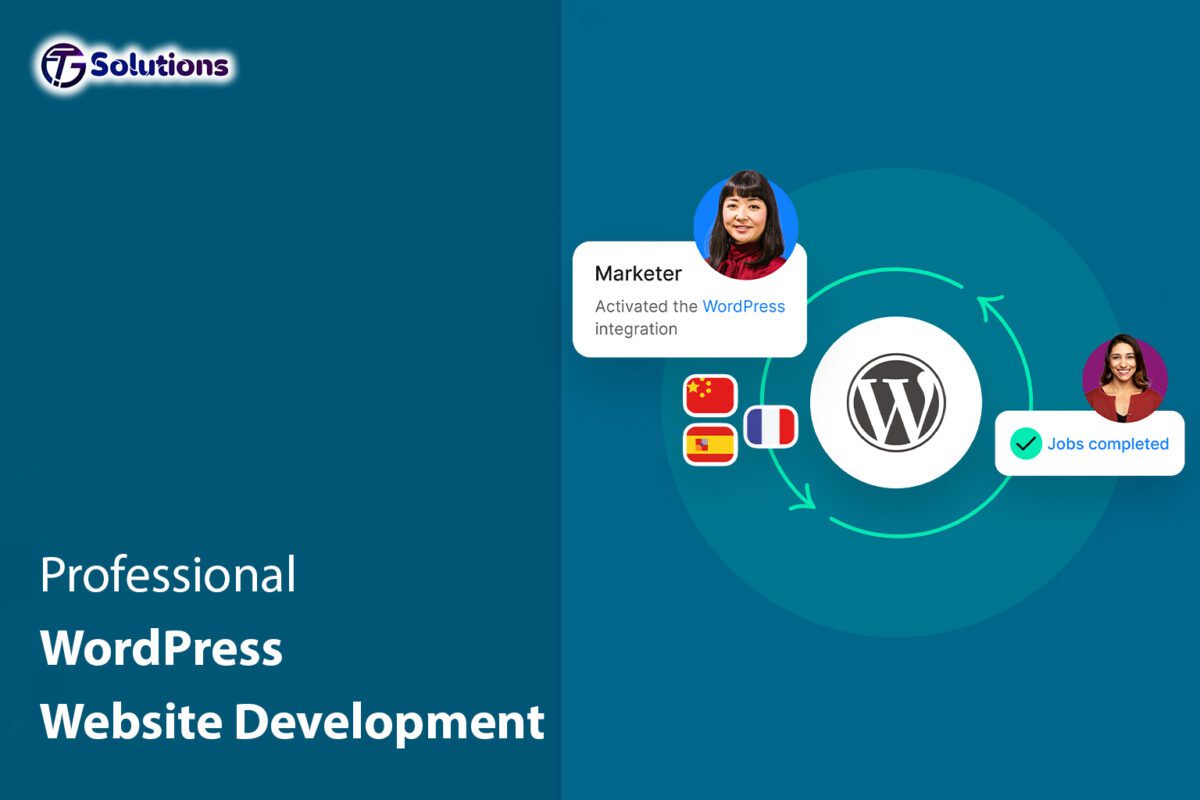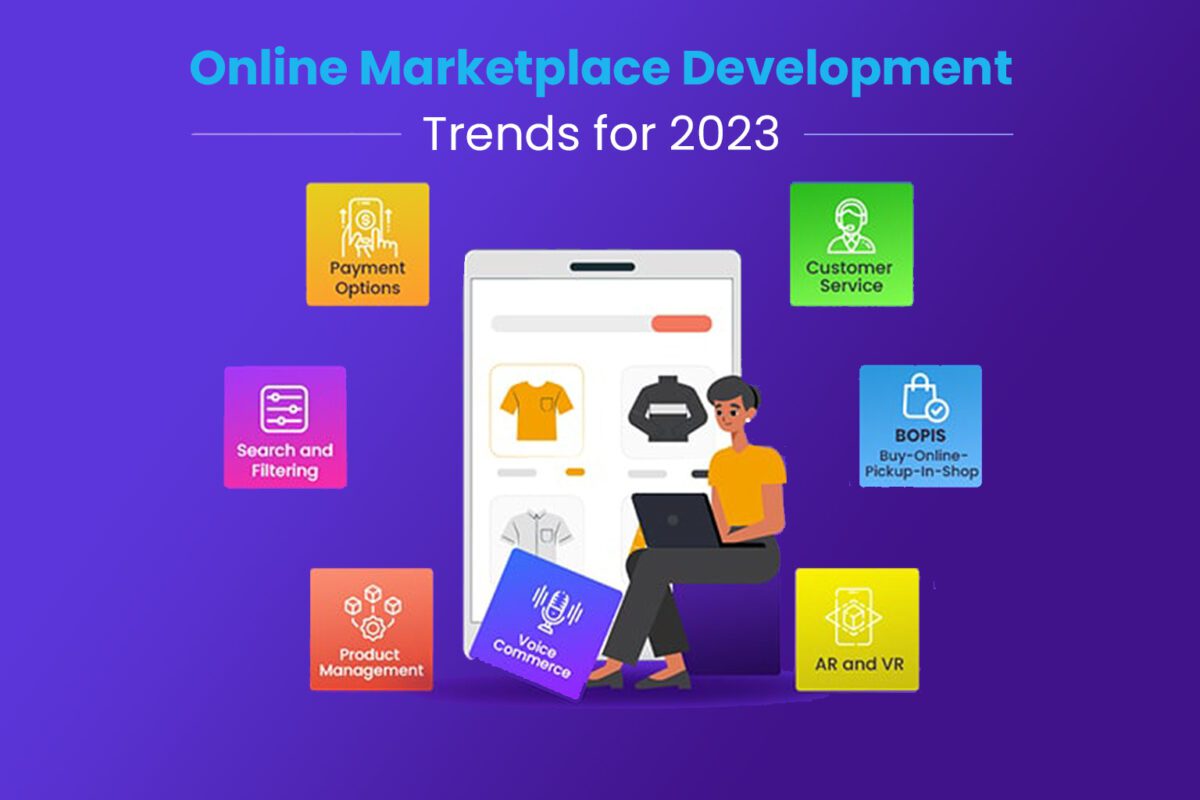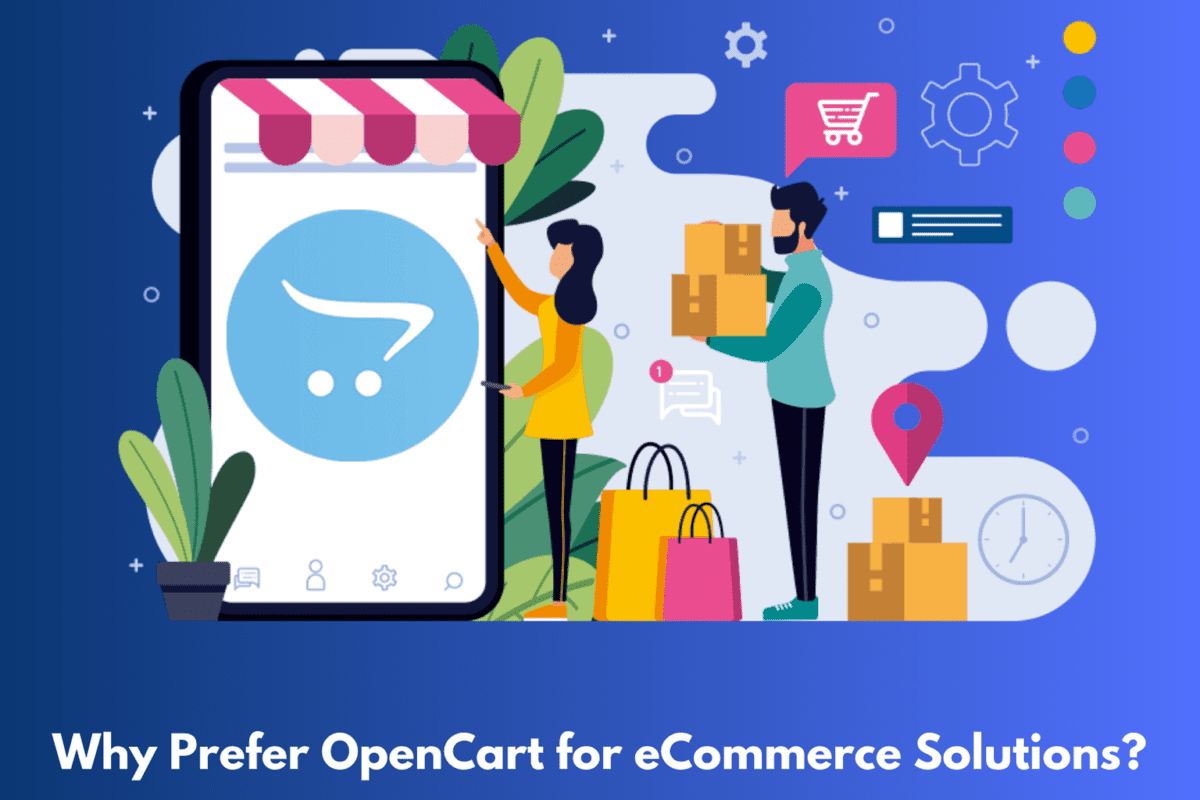In 2023, how much will an e-commerce app cost?

E-commerce has grown to be a crucial component of the retail sector in the digital age. As smartphones and the internet have become more popular, customers are using e-commerce apps to buy their favourite goods. E-commerce apps are becoming more and more in demand, and their creation is becoming more and more expensive. This blog article will examine the variables influencing the price of developing an e-commerce app in 2023 and how businesses can maximise their return on investment.
E-commerce App Development Cost Influencing Factors
Here are some of the factors that will influence the cost of your app:
1. User interface design
An e-commerce app’s design and user interface are important elements that greatly influence its marketability. While a poorly designed software might quickly lose users, one with a well-designed and user-friendly UI can draw them in and keep them engaged. To guarantee that the app satisfies the demands and preferences of its users, it is crucial to invest in a high-quality design and user-friendly interface.
Depending on the intricacy of the design and the designer’s experience, the cost of design and user interface for an e-commerce app can vary. A straightforward, basic design could be less expensive than an ornate, complicated one that takes more time and work to produce. Similar to this, a designer with greater experience and knowledge may be able to produce a better user interface and may bill a higher rate than a designer with less knowledge.
Businesses should collaborate with seasoned designers who are aware of the needs and preferences of their target audience if they want to guarantee a high-quality design and user interface. The designer should be able to produce a layout that is both aesthetically pleasing and simple to use, with features that are simple to understand and that improve the user experience.
2. Specifications and Usability
Businesses should carefully analyse the features and functionality of an e-commerce app before designing one. How the app works and how people engage with it are determined by its features and functionality. To fulfil the needs of the intended audience, it is crucial to make sure the app is user-friendly and has all the functionality required.
It’s crucial to find a balance between offering a rich user experience and keeping the cost of development within a manageable budget when choosing features and functionality for an e-commerce app. The cost of developing an app can rise dramatically when adding more features, and an app’s complexity might rise as well. It is crucial to concentrate on the fundamental features and functionality that will deliver the optimal user experience.
In-app messaging, social media integration, and third-party integrations like chatbots, numerous payment processors, and delivery providers are some features that might raise the price of an e-commerce app. For businesses to communicate with their customers, push notifications, chatbots, and in-app messaging can be useful communication channels, but they need additional development and upkeep to work well. Businesses who wish to interact with their clients and advertise their goods or services on social media platforms can benefit from social media integration. But it might raise the price of development.
3. Platform for Development
When creating an e-commerce app, selecting a development platform is crucial because it has a big impact on the price of development. Whether developing native or hybrid apps, there are several platforms to pick from.
Businesses should take into account both their unique needs and the needs of their customers when choosing a development platform for an e-commerce app. A native app might be the best choice if the app has extensive functionality or needs to utilise particular hardware or software features. A hybrid app might be a smart compromise if the app needs to be produced at a competitive price and released on various platforms.
The usage of ready-made open-source e-commerce platforms as the mobile app’s back-end platform, such as Magento, OpenCart, and WooCommerce, significantly affects development costs. Compared to a custom-developed backend, it can significantly reduce development expenses. The price of development also depends on the ready-made platform you select for your backend.
The choice of development platform might affect ongoing maintenance and support costs in addition to the initial development expenditures. Since native apps must be updated independently for each platform, they may have higher overhead expenses. Since hybrid apps can be used on many platforms while maintaining a single codebase, they might require less maintenance.
Sound too complicated? Not to worry. For a much greater understanding, you can always contact with some of the top mobile app development businesses in your area.
4. Integration with Third Parties
The integration of other parties must be taken into account while creating an e-commerce app. By offering users simple and safe ways to pay and get their orders, payment gateways, shipping companies, and other third-party services (like SMS) can significantly improve the value of an app. These integrations do, however, have a price.
Depending on the degree of complexity involved, third-party service integration can cost a variety of amounts. To interface with an e-commerce software, some third-party services (like customer support chat) may need custom development, which is pricy. Also, an app’s complexity increases with the number of connectors it has, which may result in increased development costs as well as continuing maintenance and support expenses.
5. Compliance and Security
While creating an e-commerce app, security and compliance are essential considerations. Consumers want businesses to keep their personal and financial information secure, and businesses have a duty to do so. Failing to do so may have negative effects on one’s reputation as well as legal and financial repercussions. Thus, it is crucial to guarantee that the software is safe and in compliance with applicable laws.
Depending on the desired level of security and compliance, the cost of making sure an e-commerce software is secure and compliant can change. For all e-commerce apps, basic security features like SSL/TLS encryption, safe password restrictions, and two-factor authentication are necessary and reasonably simple to install.
However, the price of creation and ongoing maintenance can rise dramatically if an e-commerce software needs more sophisticated security features, such end-to-end encryption or biometric verification. The type of data being handled and the degree of risk involved with the app will determine the level of security needed.
Compliance is another crucial factor to take into account for e-commerce apps. Businesses are required to take particular precautions to protect the data of their consumers under laws like the General Data Protection Regulation (GDPR) and the Payment Card Industry Data Security Standard (PCI DSS). Significant penalties and other legal repercussions may occur from breaking these restrictions.
Depending on the degree of compliance necessary, the cost of ensuring compliance with these standards can also change. For instance, establishing PCI DSS compliance can be a challenging and time-consuming procedure that necessitates organisations to put in place a variety of security controls and undertake routine audits. Nonetheless, it is necessary if a company owner wishes to save consumer credit card information or other financial information within their e-commerce platform. Businesses must invest in establishing and maintaining compliance because the cost of non-compliance may be significantly higher.
You can read this blog on the best security practises for e-commerce apps for additional information.
6. Upkeep and Assistance
While creating an e-commerce app, maintenance and support are recurring expenses that should be taken into account. Even after it has been released, an app will need ongoing upgrades and upkeep to keep it operating properly, safe, and compatible with upcoming iOS/Android releases. Failing to maintain an app can result in bugs, downtime, and security flaws, which can harm the app’s reputation and cause unhappy customers.
Depending on the complexity of the application and the required level of support, maintenance and support costs will vary. Small e-commerce apps could simply need the most basic upkeep, which can be reasonably cheap and involve updating the app’s content or repairing small errors. The cost of ongoing maintenance and support from a specialised team of developers and support personnel for more complicated e-commerce apps, however, can be higher.
Businesses should take into account elements like the complexity of the app’s functionality, the size of the user base, and the frequency of updates when budgeting for maintenance and support. They should also think about the amount of assistance needed, including the accessibility of customer support personnel and the price of any outside services that could be needed for upkeep and support.
Expense breakdown for developing e-commerce apps
A straightforward e-commerce software can be created for an average price of $2,500 to $20,000. A more sophisticated e-commerce software, such as a full-fledged marketplace, can cost up to $250,000 to design, which is a huge increase.
In addition, the type and quantity of third-party integrations may raise the price. These integrations might cost as little as $150 or as much as $10,000 per integration or more.
Expense of Upkeep and Support: The annual cost of maintenance and support might be anywhere between $2,000 and $20,000 or more.
Hints for getting the most for your money
Keep in mind the following information to minimise wasteful spending:
1. Employ a Professional Development Team: Employing a Professional Development Team may guarantee the highest standards are met in the app’s creation, which can lower the cost of upkeep and support.
2. Choose the Appropriate Development Platform: The cost of creating an e-commerce app can be decreased by selecting the appropriate development platform. A hybrid or web app may be less expensive than a native software, but it will also be less functional and have fewer UI/UX than native apps.
3. Prioritize the Features: Setting an app’s features in order can lower the cost of its development. Prioritizing the most crucial elements first will allow businesses to later add more features.
4. Don’t Over-Engineer: Over-engineering an app can raise the expense of its development. Companies should concentrate on creating an app that addresses their unique needs without including extra functionality.
5. User Experience Optimization: Improving an app’s user experience can boost user engagement and lower support and maintenance costs.
6. Consider Scalability: Considering scalability can help an app grow with the company, which can save money on future redesign and redevelopment projects.
Conclusion
The development of e-commerce apps is becoming more and more crucial for companies that wish to remain competitive in the digital era. The development of e-commerce apps has a bright future in 2023 as more companies make investments in mobile app development to keep up with shifting consumer demands. Businesses can create an affordable e-commerce app that satisfies their clients’ needs by taking the appropriate strategy.












